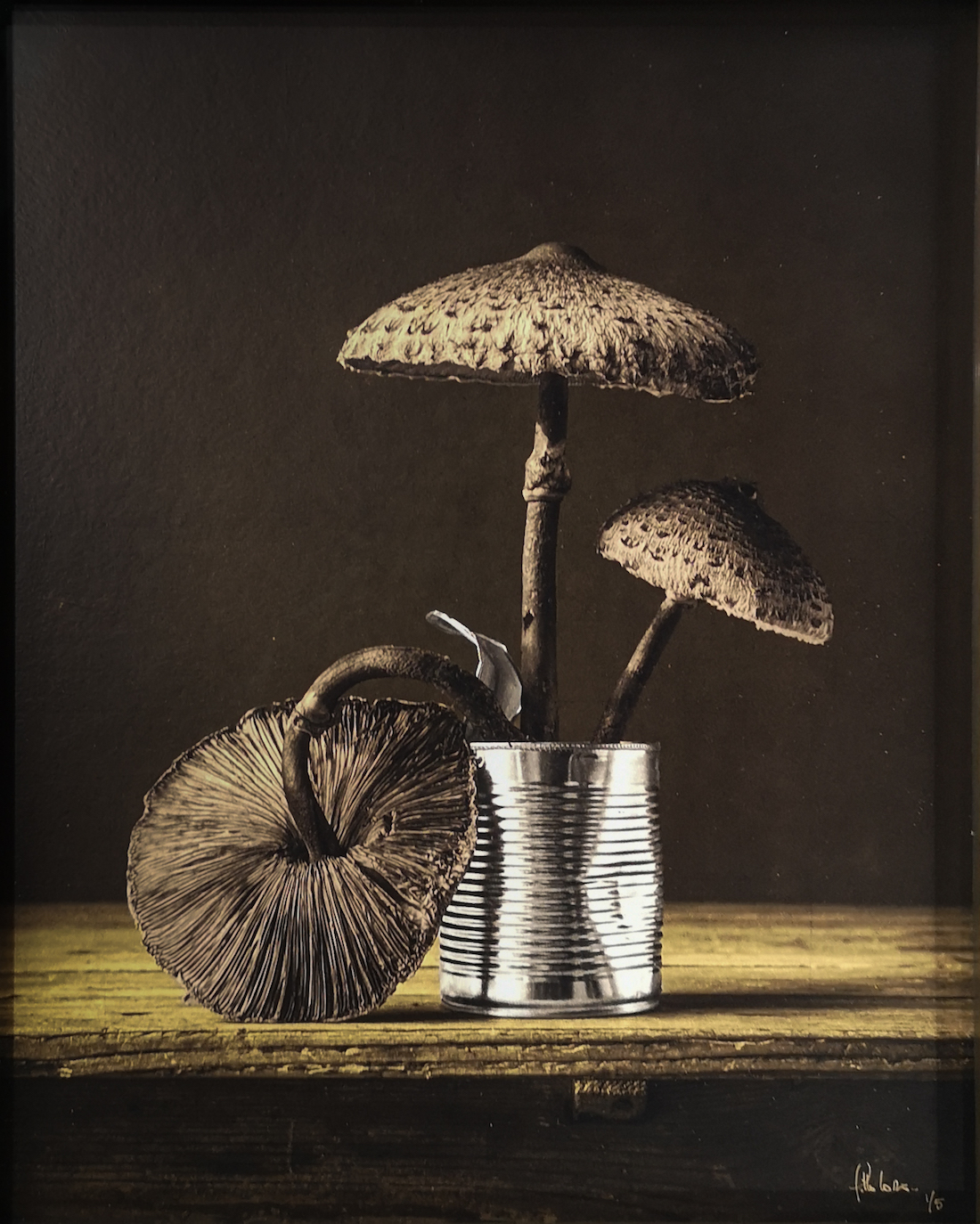Paris Photo 2021: Highlights
Food Inc., from the series Les Allégories d'Igor, 2019 © Gilles Lorin.
Source:
Baptiste Rabichon & Fabrice Laroche, Boulogne le jardin japonais 1911, série Les intermittences du cœur, 2019, courtesy Galerie Binome épreuve chromogène par contact d’après autochrome (circa 1910-17) des jardins d’Albert Kahn à Boulogne-Billancourt, collection de Jeanne édition de 3
Source:© 2022 - 1854 MEDIA LTD